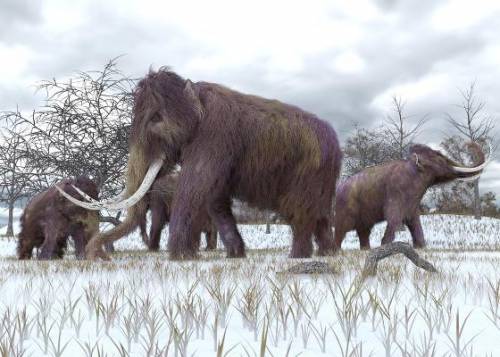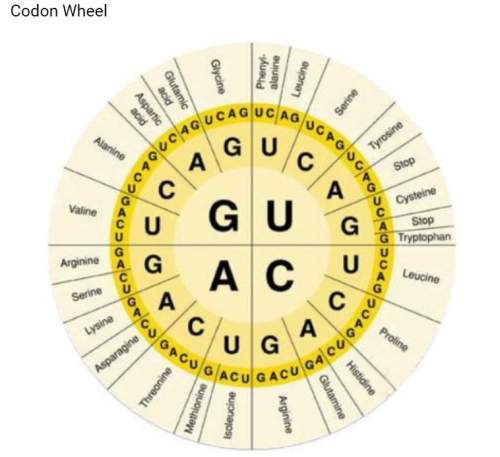
Biology, 11.02.2021 21:10 jvontaemyles14
Woolly mammoths became extinct around 10,000 million years ago. A recent study conducted by scientists found that the last generations of woolly mammoths were plagued by harmful gene mutations. Some of the mutations caused them to have softer fur that didn’t protect them from the cold, a diminished sense of smell, and digestive problems.
an illustration showing woolly mammoths walking on snowy, grassy ground
A species potential for evolution is based on four factors:
the potential for a species to increase in number
the heritable genetic variation of individuals in a species due to mutation and sexual reproduction
organisms competing for limited resources such as food or water in their environment
the proliferation of those organisms that are better able to survive and reproduce in the environment
In two to three paragraphs, explain why the last generations of woolly mammoths couldn’t meet these factors to evolve in a changing environment. Also explain how data such as the fossil record and DNA evidence can identify the factors that can lead to the evolution of a species.


Answers: 1


Other questions on the subject: Biology

Biology, 22.06.2019 00:20, vale4287
1. variations in a population of moths allow for some of its members to be able to adapt to environmental changes. the better adapted of the moths will be able to survive the change and thus prevail as the “fittest” of the species. (a) describe three mechanisms in which variation can occur within a species population. (b) explain which mechanism or mechanisms would be responsible for the survival of a population of peppered moths better than white moths in an environment affected by industrial soot. justify your answer.
Answers: 1


Biology, 22.06.2019 06:00, reginapokorny
Duchenne muscular dystrophy is a serious condition caused by a recessive allele of a gene on the human x chromosome. the patients have muscles that weaken over time because they have absent or decreased dystrophin, a muscle protein. they rarely live past their twenties. how likely is it for a woman to have this condition? a) women can never have this condition. b) one-fourth of the daughters of an affected man would have this condition. c) one-half of the daughters of an affected father and a carrier mother could have this condition. d) only if a woman is xxx could she have this condition.
Answers: 2

Biology, 22.06.2019 10:30, isabellemaine
Differentiate renewable and nonrenewable resources
Answers: 1
You know the right answer?
Woolly mammoths became extinct around 10,000 million years ago. A recent study conducted by scientis...
Questions in other subjects:





History, 04.08.2019 20:00


Mathematics, 04.08.2019 20:00

Mathematics, 04.08.2019 20:00





